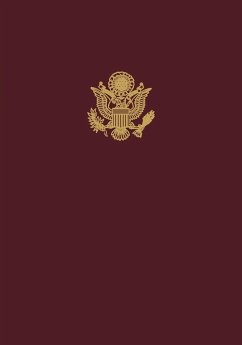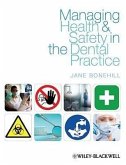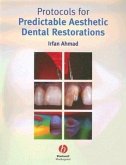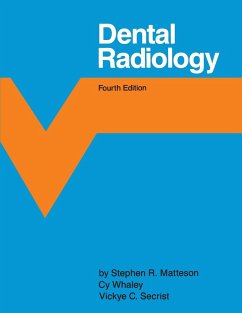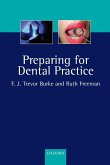Even in the relatively specialized field of the history of military medicine, dentistry has received less than its fair share of attention, especially given the debilitating effects of dental problems and the unique logistical problems of dealing with them in the field. The "United States Army Dental Service in World War II" contains a wealth of valuable information on the founding of the Army Dental Corps, its experiences in World War I, and the administrative and morale issues that plagued the Corps during and after its ramp-up during World War II. Most of the book provides a detailed picture of the immense logistical difficulties inherent in delivering quality dentistry to soldiers in training, stationed in remote areas of the world, and in combat zones. The problem was made more acute by the expanded demand for metallic alloys and other materials as part of the war effort. Wartime conditions also stimulated the Corps to develop innovative approaches to its work. The use of more light-weight dental operating chests; the development of an electric dental engine and operating light; and truck-borne dental laboratories, clinics, and operating spaces are just a few of the developments stemming from the World War II experiences of the Corps. Army dentists also made major contributions to their medical colleagues through suggestions for the use of dental materials in developing acrylic resin artificial eyes and hearing aid adapters, and dental impressions techniques in the fabrication of tantalum plates for the repair of skull defects. The "United States Army Dental Service in World War II" will be of interest to medical historians, students of military logistics and administration, military dental personnel, and anyone interested in viewing Army activities in war from a unique perspective. Originally published in 1955. 362 pages. ill.

